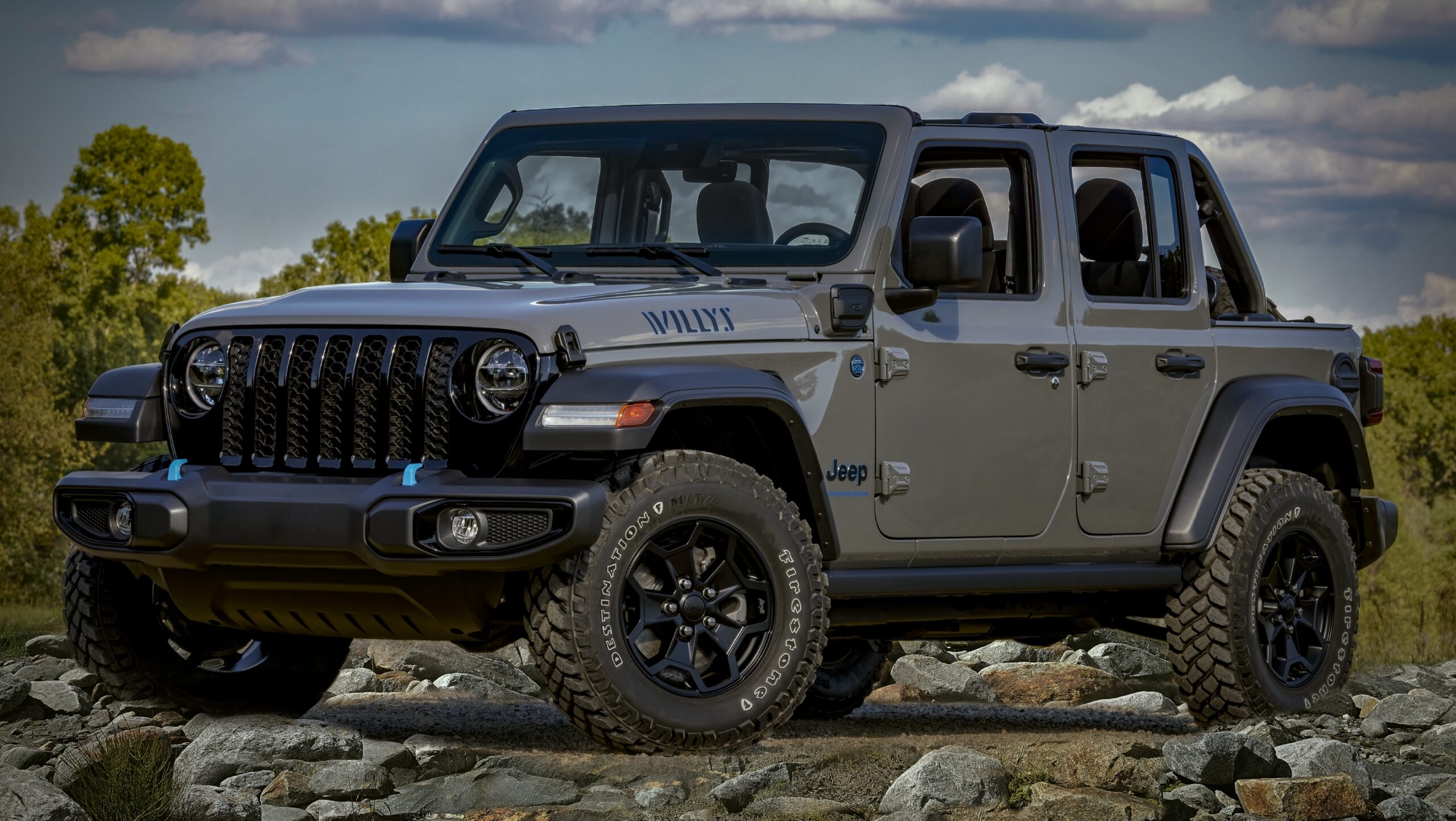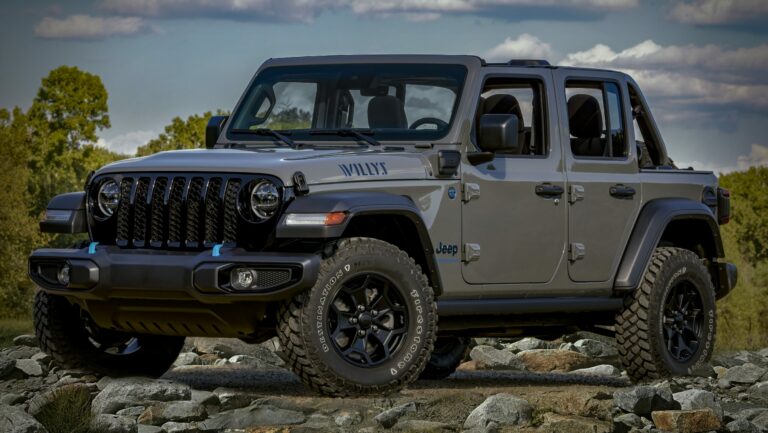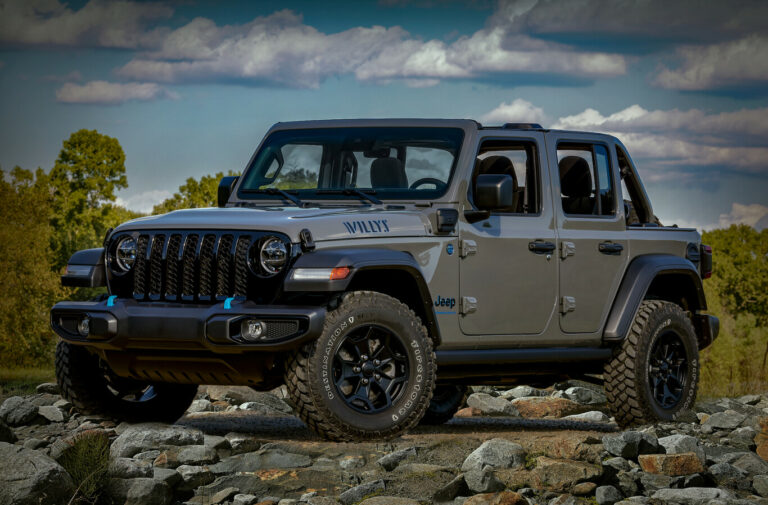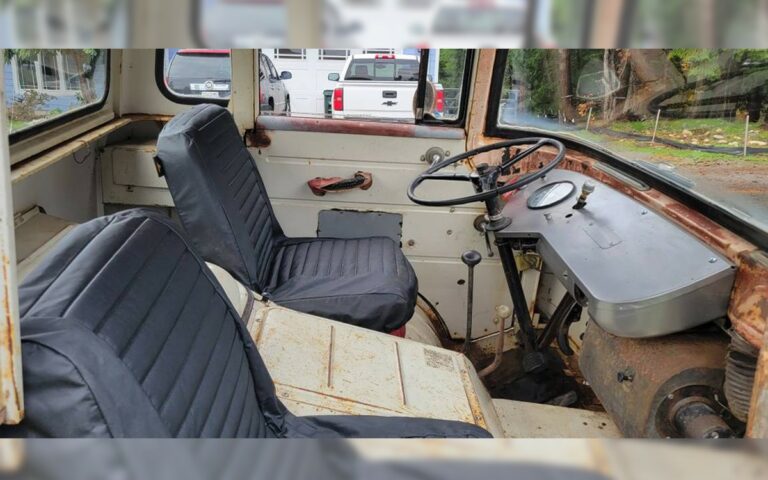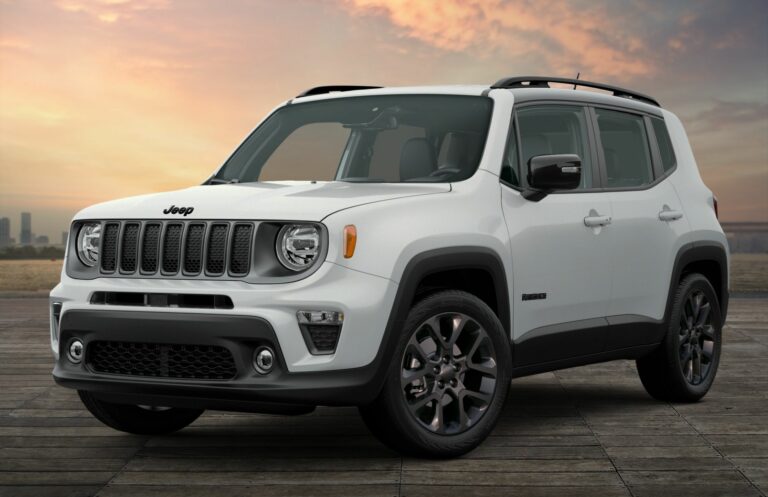Jeep Wagoneer Parts For Sale: Your Comprehensive Guide to Restoration and Maintenance
Jeep Wagoneer Parts For Sale: Your Comprehensive Guide to Restoration and Maintenance jeeps.truckstrend.com
The Jeep Wagoneer, particularly the beloved Grand Wagoneer, stands as an undisputed icon of American automotive history. A luxurious, capable, and enduring SUV, its classic wood-paneled exterior and comfortable interior evoke a bygone era of style and rugged elegance. For owners, enthusiasts, and restorers alike, the journey of keeping these venerable machines on the road, or bringing them back to their former glory, invariably leads to one critical quest: finding the right Jeep Wagoneer parts for sale.
This article serves as your ultimate guide to navigating the diverse and sometimes challenging world of Wagoneer parts. Whether you’re undertaking a full frame-off restoration, performing routine maintenance, or simply seeking that elusive trim piece to complete your vintage ride, understanding where to look, what to consider, and how to make informed decisions is paramount. The availability and quality of parts directly impact the longevity, performance, and authenticity of your Wagoneer, transforming a challenging task into a rewarding pursuit of automotive preservation.
Jeep Wagoneer Parts For Sale: Your Comprehensive Guide to Restoration and Maintenance
The Diverse Landscape of Wagoneer Parts
The sheer variety of components needed to maintain or restore a Jeep Wagoneer is vast, spanning everything from the smallest screw to entire powertrain assemblies. Understanding the different categories can help streamline your search and prioritize your needs.
Mechanical Components
These are the heart and soul of your Wagoneer, ensuring it runs, drives, and stops as intended.
- Engine & Drivetrain: Parts for the AMC V8 engines (360/401 cu in), transmissions (TorqueFlite 727, TF-999, T-18, etc.), transfer cases (Quadra-Trac, NP208, NP229), axles, and driveshafts. This includes everything from engine rebuild kits, carburetors, fuel pumps, water pumps, and ignition components to transmission rebuild kits and transfer case seals.
- Suspension & Steering: Leaf springs, shock absorbers, bushings, tie rods, drag links, steering gears, and power steering pumps are vital for a smooth and safe ride.
- Brakes: Brake pads, shoes, rotors, drums, calipers, wheel cylinders, master cylinders, and brake lines are crucial for stopping power.
- Exhaust System: Mufflers, pipes, catalytic converters (where applicable), and exhaust manifolds.

Body & Exterior Components
Maintaining the distinctive look of the Wagoneer, especially its iconic woodgrain, requires specific attention to exterior parts.
- Body Panels: Fenders, quarter panels, doors, tailgates, and hoods – often susceptible to rust.
- Glass & Seals: Windshields, side glass, tailgate glass, and the rubber seals that keep the elements out.
- Trim & Brightwork: Chrome bumpers, grilles, headlight bezels, side moldings, and the famous "woodgrain" vinyl decals and surrounding trim. These are often difficult to source in good condition.
- Lighting: Headlights, taillights, turn signals, and side marker lights.

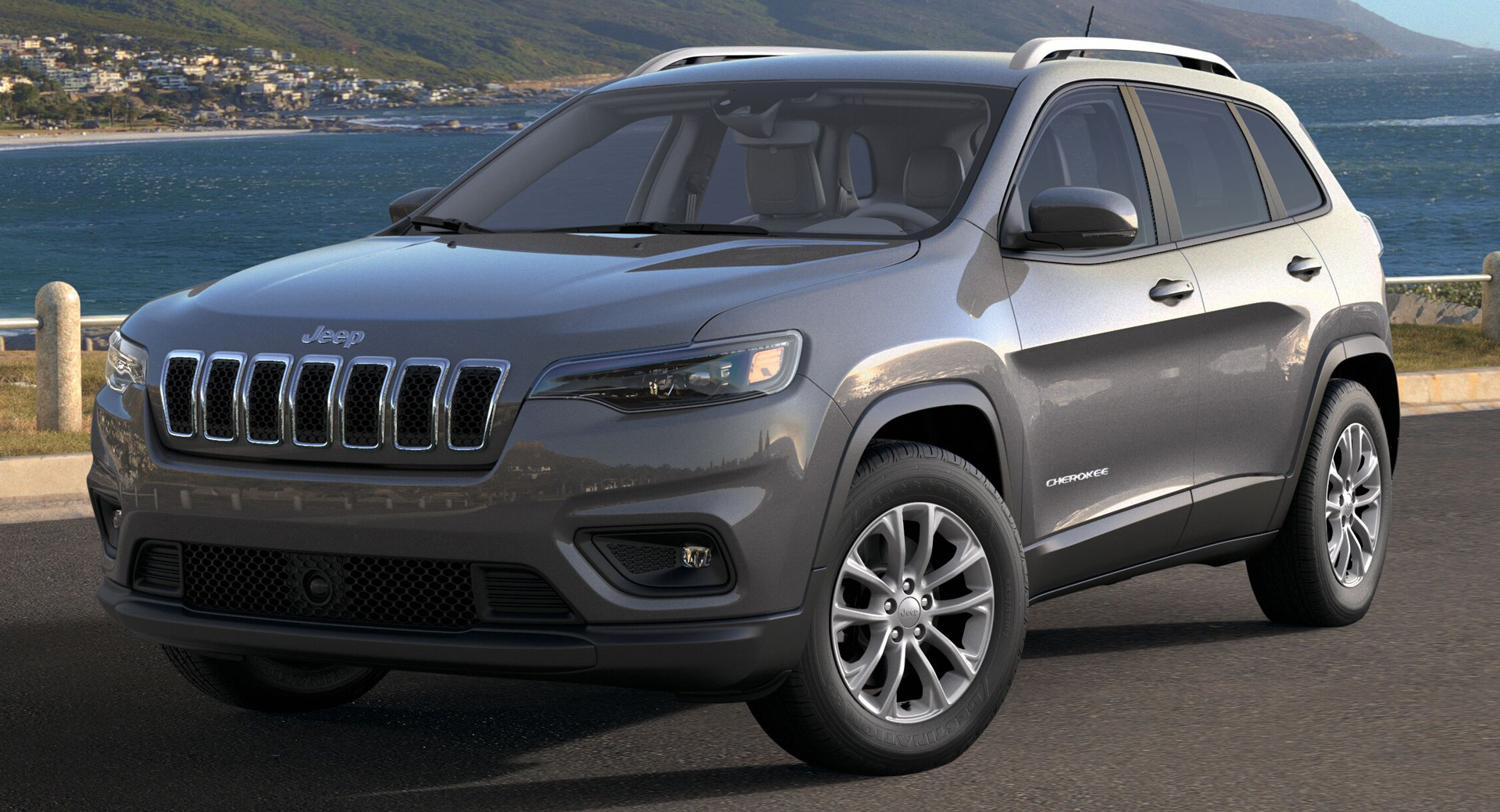
Interior Components
The Wagoneer’s interior is a hallmark of its luxury and comfort.
- Seating: Seat covers, foam, frames, and adjustment mechanisms.
- Dashboard & Gauges: Dash pads (prone to cracking), instrument clusters, climate control panels, and switches.
- Carpeting & Upholstery: Floor carpets, headliners, and door panel inserts.
- Interior Trim: Door panels, armrests, window cranks, and various plastic or woodgrain trim pieces.
Electrical Components
The electrical system, while simpler than modern vehicles, still requires attention.
- Wiring Harnesses: Often brittle or corroded over time.
- Switches & Relays: Power window switches, headlight switches, ignition switches, and various relays.
- Sensors & Modules: Sending units for gauges, voltage regulators, and ignition control modules.
- Motors: Wiper motors, power window motors, and blower motors.
Accessories & Upgrades
Beyond stock replacements, many owners seek to enhance their Wagoneer with period-correct or modern upgrades.
- Lift Kits & Off-Road Gear: For those who truly embrace the "Jeep" in Wagoneer.
- Aftermarket Wheels: To refresh the look.
- Modern Audio Systems: Discreetly integrated for contemporary comfort.
- LED Lighting Conversions: For improved visibility and efficiency.
Where to Find Jeep Wagoneer Parts For Sale
Sourcing parts for a classic vehicle like the Wagoneer requires a multi-pronged approach, combining traditional methods with modern online resources.
- Specialty Wagoneer Parts Dealers: These are often the best first stop. Companies like BJ’s Off-Road, Team Grand Wagoneer, and Summit Racing (carrying some specific lines) specialize in Grand Wagoneer parts, offering a mix of new reproduction, NOS (New Old Stock), and sometimes used or reconditioned parts. They often have extensive catalogs and knowledgeable staff.
- Online Marketplaces & Forums:
- eBay: A treasure trove for both new and used parts, often from individuals or smaller vendors. Be diligent in checking seller ratings and part descriptions.
- Facebook Marketplace & Dedicated Groups: Numerous Facebook groups cater specifically to Jeep Wagoneer owners and parts sales. These communities are excellent for finding specific parts, getting recommendations, and connecting with other enthusiasts.
- Jeep Wagoneer Forums: Websites like "IFSJA.org" (International Full Size Jeep Association) host active forums with "Parts For Sale" sections, allowing direct transactions between members.
- Salvage Yards & Junkyards: For rare or expensive original parts, a visit to a classic car salvage yard can be fruitful. While finding a complete Wagoneer may be challenging, individual components, especially interior or specific body parts, can sometimes be salvaged. Call ahead to check inventory.
- Restoration Shops: Many shops specializing in Wagoneer or classic Jeep restoration often have a stash of used or reconditioned parts they’ve accumulated over the years. They might also be able to source parts for you through their network.
- Auto Parts Swap Meets & Shows: Attending classic car events or swap meets can uncover unexpected finds. You might discover rare NOS parts or connect with vendors who specialize in vintage Jeep components.
Important Considerations When Buying Wagoneer Parts
The decision of which part to buy isn’t always straightforward. Several factors come into play, influencing cost, authenticity, and long-term reliability.
-
Condition and Type:
- New Old Stock (NOS): Original factory parts that were never used. These are highly prized for authenticity but are rare and expensive.
- New Reproduction: Newly manufactured parts designed to original specifications. Quality varies widely among manufacturers. Some are excellent, others may require modification or have fitment issues.
- Used: Parts pulled from donor vehicles. Condition can range from excellent to needing significant refurbishment. Often a cost-effective solution for non-critical or cosmetic items.
- Rebuilt/Remanufactured: Components like engines, transmissions, or carburetors that have been professionally restored to working order. These often come with a warranty.
-
Authenticity vs. Functionality:
- For a concourse-level restoration, NOS or pristine original parts are essential.
- For a reliable daily driver, high-quality reproduction or well-rebuilt components often offer better value and performance without the astronomical cost of NOS.
-
Compatibility: Not all Wagoneer parts are interchangeable across all years (1963-1991). Always verify the part number and compatibility with your specific year, model, and trim level (e.g., early SJ Wagoneers vs. later Grand Wagoneers have significant differences). VIN decoding can help confirm your vehicle’s exact specifications.
-
Price vs. Value: The cheapest part isn’t always the best value. A slightly more expensive, higher-quality reproduction might save you headaches and labor costs down the line compared to a cheap, poorly fitting alternative.
-
Shipping & Returns: For large or fragile items, shipping costs can be substantial. Always clarify shipping methods, costs, and the seller’s return policy before purchasing, especially from individual sellers.
-
Scams and Fraud: Be cautious on unregulated marketplaces. Use secure payment methods, ask for detailed photos from multiple angles, and verify seller reputation. If a deal seems too good to be true, it probably is.
Tips for Successful Part Sourcing
- Create a Detailed Parts List: Before you start buying, make a comprehensive list of every part you need, noting its condition (e.g., "needs replacement," "needs refurbishment," "missing"). Include part numbers if you have them.
- Join Wagoneer Communities: Online forums and Facebook groups are invaluable resources. Members can offer advice, recommend trusted sellers, and even have parts for sale themselves.
- Be Patient and Persistent: Finding specific, rare, or NOS parts can take time. Don’t rush into a purchase if you’re unsure.
- Ask for Photos and Descriptions: For used parts, request clear, high-resolution photos showing any damage, wear, or unique features. Ask detailed questions about the part’s history and condition.
- Consider Rebuilding: For many mechanical components (engines, transmissions, carburetors, steering gears), rebuilding your existing unit can be more cost-effective and reliable than sourcing a used replacement.
- Don’t Discard Old Parts Immediately: Even broken or worn parts can sometimes be used as cores for rebuilding or as templates for reproduction.
Challenges and Solutions in the Wagoneer Parts Market
Despite its popularity, sourcing parts for a 30+ year old vehicle presents unique challenges:
- Scarcity of NOS/Original Parts: As these vehicles age, the supply of original parts dwindles.
- Solution: Embrace high-quality reproduction parts, or consider custom fabrication for extremely rare items. Many specialized shops can recreate components.
- High Cost of Certain Parts: Rare or high-demand parts (e.g., woodgrain trim kits, rust-free body panels) can command premium prices.
- Solution: Prioritize critical mechanical parts first. For cosmetic items, explore used options or consider rebuilding existing components. Budget carefully.
- Identifying Correct Parts: With model year variations and production changes, ensuring you have the right part can be tricky.
- Solution: Consult factory service manuals, parts catalogs, and leverage the collective knowledge of online communities. When in doubt, provide your VIN to reputable parts dealers.
- Shipping Large/Fragile Items: Body panels, glass, or large mechanical assemblies require special handling and can be expensive to ship.
- Solution: Look for local sellers if possible. Use freight shipping services for larger items. Ensure proper packaging and insurance for fragile components.
Practical Advice for Your Wagoneer Parts Quest
When embarking on your Wagoneer parts journey, remember that diligence pays off. Always verify part numbers against your vehicle’s factory service manual or a reliable online parts catalog. The Jeep Wagoneer VIN (Vehicle Identification Number) is your best friend; it decodes crucial information about your specific model, year, and options, helping you narrow down compatible parts.
For significant projects, such as an engine rebuild or a full interior overhaul, creating a detailed budget and a phased approach can prevent overwhelming costs and frustrations. Sometimes, investing in a slightly more expensive, higher-quality reproduction part from a reputable vendor will save you money in labor and re-do’s compared to a cheaper, ill-fitting alternative. Finally, remember that the Wagoneer community is incredibly supportive. Don’t hesitate to ask questions, share your progress, and learn from others’ experiences.
Sample Price Range for Common Jeep Wagoneer Parts
Please note that these prices are approximate and can vary wildly based on condition (NOS, new reproduction, used, rebuilt), seller, rarity, and market demand. This table serves as a general guide.
| Part Category | Example Parts | Typical Price Range (USD) | Notes |
|---|---|---|---|
| Engine Components | Carburetor (rebuilt/new) | $300 – $800 | Remanufactured often come with core charge. New reproductions available. |
| Water Pump (new) | $50 – $150 | Essential for cooling. | |
| Full Engine Rebuild Kit | $500 – $1,500+ | Includes pistons, rings, bearings, gaskets. | |
| Drivetrain | Transfer Case (rebuilt/used) | $800 – $2,500+ | NP229 is common; Quadra-Trac can be more complex. |
| Automatic Transmission (rebuilt) | $1,200 – $3,000+ | Core charge often applies. | |
| Brakes | Master Cylinder (new) | $70 – $150 | Critical safety component. |
| Front Brake Caliper (new) | $60 – $120 (each) | Often sold rebuilt. | |
| Brake Rotor (new) | $50 – $100 (each) | ||
| Suspension | Leaf Springs (new pair) | $250 – $600 | Varies by lift height and heavy-duty options. |
| Shock Absorbers (new set of 4) | $150 – $400 | Many brands and types available. | |
| Exterior Body | Full Woodgrain Decal Kit | $700 – $1,500+ | High-quality reproductions are available and popular. |
| Chrome Front Bumper (repro/refurb) | $400 – $800 | NOS can be significantly more. | |
| Taillight Lens (new repro) | $50 – $150 (each) | Used condition varies widely. | |
| Interior | Dash Cap (reproduction) | $150 – $350 | Often covers existing cracked dash. |
| Seat Upholstery Kit (full set) | $800 – $2,500+ | Varies by material (vinyl, cloth, leather). | |
| Power Window Switch (new repro) | $30 – $100 (each) | Often sold individually or in sets. | |
| Electrical | Wiring Harness (main engine) | $400 – $800+ | Often custom-made or restored. |
| Blower Motor (new) | $80 – $180 | For HVAC system. |
Frequently Asked Questions (FAQ) about Jeep Wagoneer Parts
Q1: Are Jeep Wagoneer parts hard to find?
A1: While not as readily available as parts for modern vehicles, a dedicated aftermarket and a strong community exist. Common wear items are generally available as new reproductions, while rare trim pieces or very specific NOS parts can require more searching.
Q2: Are reproduction parts good quality?
A2: Quality varies significantly. Reputable Wagoneer parts specialists often sell high-quality reproductions that fit well and perform reliably. It’s crucial to buy from trusted vendors and read reviews. Some cheaper reproductions may have fitment or durability issues.
Q3: What does "NOS" mean when referring to parts?
A3: NOS stands for "New Old Stock." These are original factory parts that were manufactured years ago but were never used and are still in their original packaging or condition. They are highly sought after for authentic restorations but are rare and often expensive.
Q4: Can I use parts from different Wagoneer years?
A4: Some parts are interchangeable across a range of years, especially within the Grand Wagoneer (1984-1991) and earlier SJ Wagoneer (1963-1983) lines. However, significant differences exist between early and late models, and even minor year-to-year changes can affect compatibility. Always verify part numbers and consult a parts catalog or expert.
Q5: How do I know exactly what part I need?
A5: The best way is to consult your vehicle’s factory service manual or parts catalog. Identifying the specific part number is ideal. Providing your Wagoneer’s VIN (Vehicle Identification Number) to a reputable parts dealer can also help them determine the correct components for your specific model.
Q6: Is it cheaper to restore a Wagoneer or buy an already restored one?
A6: Generally, buying an already well-restored Wagoneer is less expensive than undertaking a full, professional restoration yourself. The labor costs for a comprehensive restoration often far exceed the market value of the finished vehicle. However, restoring it yourself allows for a custom build, the satisfaction of the process, and full knowledge of the vehicle’s condition.
Q7: What are the most common parts that need replacing on a Wagoneer?
A7: Common wear items include brake components, suspension bushings, steering linkage, weatherstripping/seals, carburetor components, and ignition system parts. Cosmetic items like woodgrain trim and dash pads also frequently need attention due to age and sun exposure.
Conclusion
The pursuit of Jeep Wagoneer parts for sale is more than just a transaction; it’s an essential part of the passion for preserving these iconic vehicles. Whether you’re meticulously restoring a showpiece or simply keeping your beloved daily driver on the road, the journey of sourcing parts connects you to a vibrant community and deepens your appreciation for the Wagoneer’s enduring legacy.
While challenges like scarcity and cost can arise, the dedicated network of parts suppliers, online communities, and fellow enthusiasts makes it possible to find almost anything you need. By understanding the types of parts available, knowing where to look, and making informed decisions based on condition and compatibility, you can ensure your Jeep Wagoneer continues to turn heads and provide reliable service for decades to come. The wood-paneled legend lives on, one meticulously sourced part at a time.

